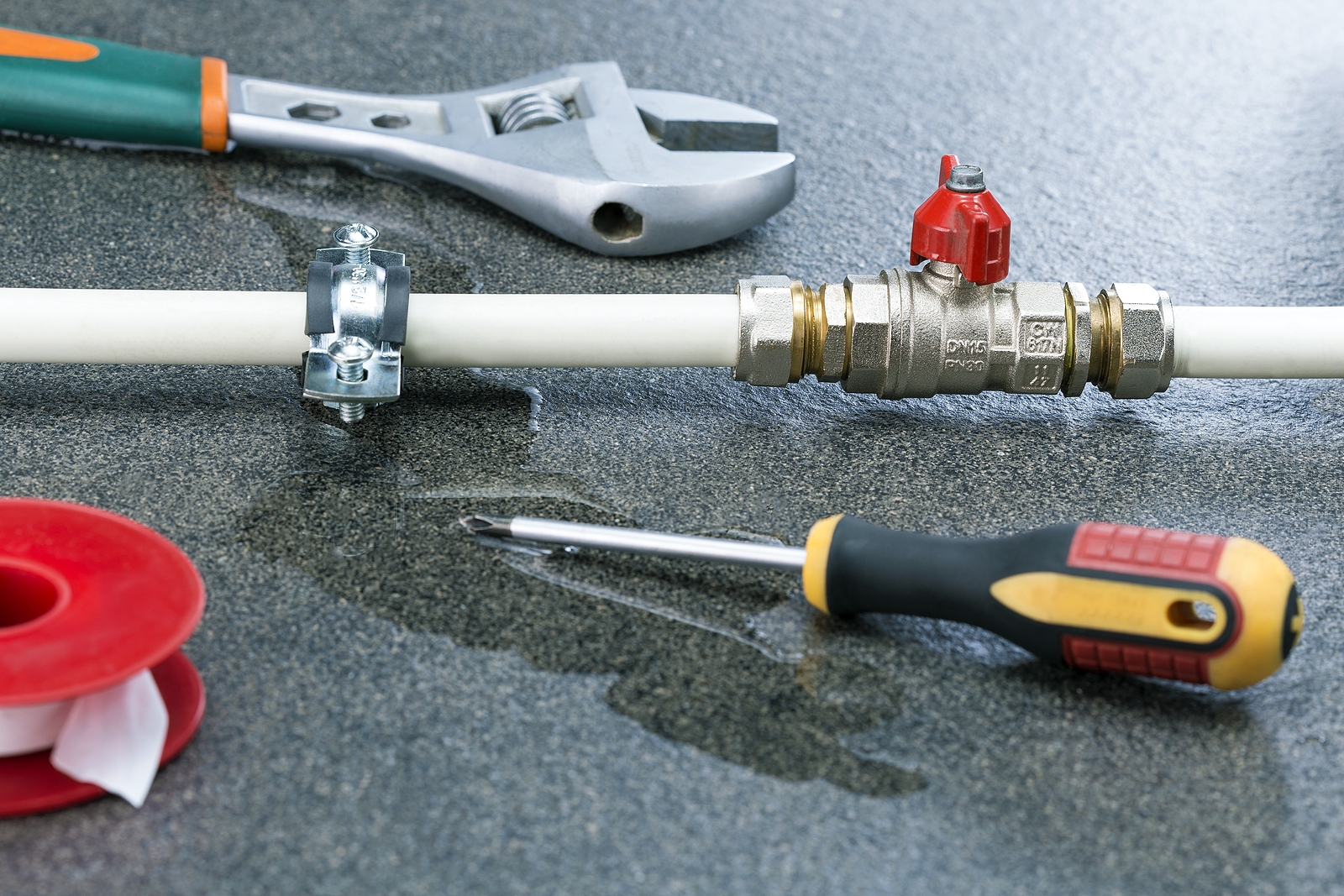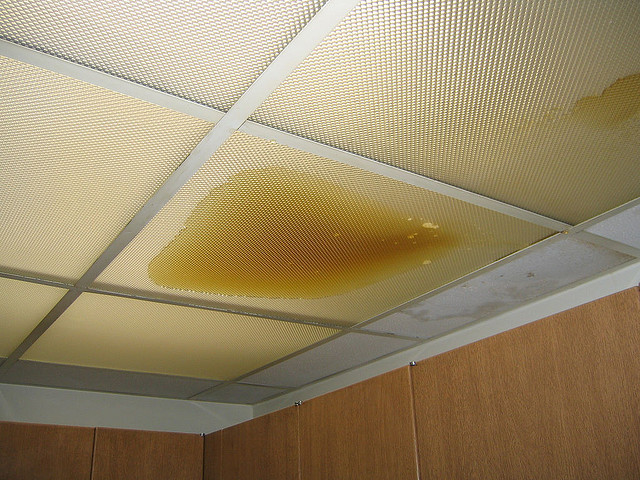Revealing Concealed Water Line Leaks: Six Effective Detection Methods
Revealing Concealed Water Line Leaks: Six Effective Detection Methods
Blog Article
The article in the next paragraphs relating to Locating water leaks is rather stimulating. You should take a peek.

Early discovery of dripping water lines can reduce a prospective catastrophe. Some little water leaks might not be visible.
1. Take A Look At the Water Meter
Inspecting it is a guaranteed way that assists you discover leaks. If it relocates, that shows a fast-moving leakage. This indicates you may have a slow leak that could also be below ground.
2. Inspect Water Usage
Evaluate your water bills and track your water intake. As the one paying it, you must observe if there are any type of inconsistencies. If you find sudden changes, despite your consumption coinciding, it indicates that you have leaks in your plumbing system. Remember, your water costs need to drop under the same array on a monthly basis. An unexpected spike in your bill indicates a fast-moving leakage.
A consistent increase every month, also with the same behaviors, reveals you have a sluggish leak that's likewise gradually intensifying. Call a plumber to thoroughly inspect your residential property, especially if you really feel a warm location on your floor with piping below.
3. Do a Food Coloring Test
When it involves water consumption, 30% originates from toilets. Examination to see if they are running properly. Decrease flecks of food color in the container and wait 10 mins. There's a leak in between the storage tank and dish if the color somehow infiltrates your dish throughout that time without flushing.
4. Asses Outside Lines
Do not neglect to examine your exterior water lines also. Needs to water permeate out of the link, you have a loosened rubber gasket. One small leakage can throw away tons of water and spike your water costs.
5. Inspect and also Assess the Situation
Homeowners should make it a habit to examine under the sink counters and also also inside cupboards for any type of bad odor or mold and mildew development. These two red flags suggest a leak so prompt attention is called for. Doing regular evaluations, even bi-annually, can save you from a significant trouble.
If you know your residence is currently old, keep a careful eye on your heating systems, tubes, pipelines etc. Check for stainings as well as compromising as many pipelines as well as appliances have a life span. They will likewise naturally wear away because of wear and tear. Don't wait for it to intensify if you suspect dripping water lines in your plumbing system. Call an expert plumber right now so you don't end up with a dreadful mess in your house.
Early discovery of leaking water lines can minimize a prospective disaster. Some small water leakages may not be noticeable. Checking it is a guaranteed means that helps you uncover leaks. One little leak can waste heaps of water and also surge your water costs.
If you presume dripping water lines in your plumbing system, don't wait for it to rise.
WARNING SIGNS OF WATER LEAKAGE BEHIND THE WALL
PERSISTENT MUSTY ODORS
As water slowly drips from a leaky pipe inside the wall, flooring and sheetrock stay damp and develop an odor similar to wet cardboard. It generates a musty smell that can help you find hidden leaks.
MOLD IN UNUSUAL AREAS
Mold usually grows in wet areas like kitchens, baths and laundry rooms. If you spot the stuff on walls or baseboards in other rooms of the house, it’s a good indicator of undetected water leaks.
STAINS THAT GROW
When mold thrives around a leaky pipe, it sometimes takes hold on the inside surface of the affected wall. A growing stain on otherwise clean sheetrock is often your sign of a hidden plumbing problem.
PEELING OR BUBBLING WALLPAPER / PAINT
This clue is easy to miss in rooms that don’t get much use. When you see wallpaper separating along seams or paint bubbling or flaking off the wall, blame sheetrock that stays wet because of an undetected leak.
BUCKLED CEILINGS AND STAINED FLOORS
If ceilings or floors in bathrooms, kitchens or laundry areas develop structural problems, don’t rule out constant damp inside the walls. Wet sheetrock can affect adjacent framing, flooring and ceilings.
https://www.servicemasterbyzaba.com/blog/how-to-detect-water-leakage-in-walls/

I was made aware of that report on Detecting hidden plumbing leaks through an acquaintance on a different domain. I beg you take a moment to promote this content if you appreciated it. Thanks for your time. Please come by our blog back soon.
Get Offer Report this page